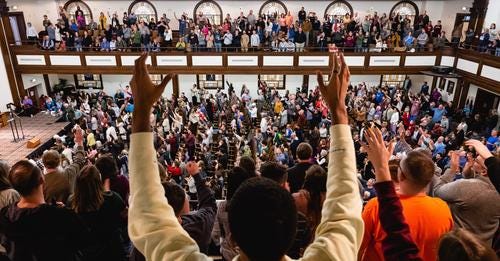More on the Age of the Earth
Further confirmation of the time frame in the genealogies in Genesis
Just a very short addition to “Methuselah’s Record Breaking Age”, published Thursday.
Here’s an excerpt from “Creation” magazine which I received this morning. It’s a review of a new “Genesis” commentary by Hebrew scholar Andrew Steinmann. The review is generally positive, except where Steinmann includes the possibility that the genealogies in ch. 5 and 11 could be missing some generations. To really understand the meaning of a word, you have to consider the way in which it’s used. Gerhard Hasel nails it:
“Hasel had rebutted this idea years ago, noting:”
“The repeated phrase ‘and he fathered’ …*appears fifteen times in the OT all of them in Genesis 5 and 11. In two additional instances the names of three sons are provided (Genesis 5:32; 11:26). The same verbal form as in this phrase … is employed another sixteen times in the phrase ‘and he fathered (other) sons and daughters’ (Genesis 5:4, 7, 10, etc.; 11:11, 13, 17, etc.). Remaining usages of this verbal form … in the book of Genesis reveal that the expression ‘and he fathered’ (wayyôled) is used in the sense of a direct physical offspring (Genesis 5:3; 6:10). A direct physical offspring is evident in each of the remaining usages of… wayyôled, ‘and he fathered’, in the OT (Judges 11:1; 1 Chronicles 8:9; 14:3; 2 Chronicles 11:21; 13:21; 24:3). The same expression reappears twice in the genealogies in 1 Chronicles where the wording ‘and Abraham fathered Isaac’ (1 Chronicles 1:34; cf. 5:37 [6:11]) rules out that the named son is but a distant descendant of the patriarch instead of a direct physical offspring. Thus the phrase ‘and he fathered… in Genesis 5 and 11 cannot mean Adam ‘begat an ancestor of Seth’.”
*some technical Hebrew terms omitted for simpler reading




